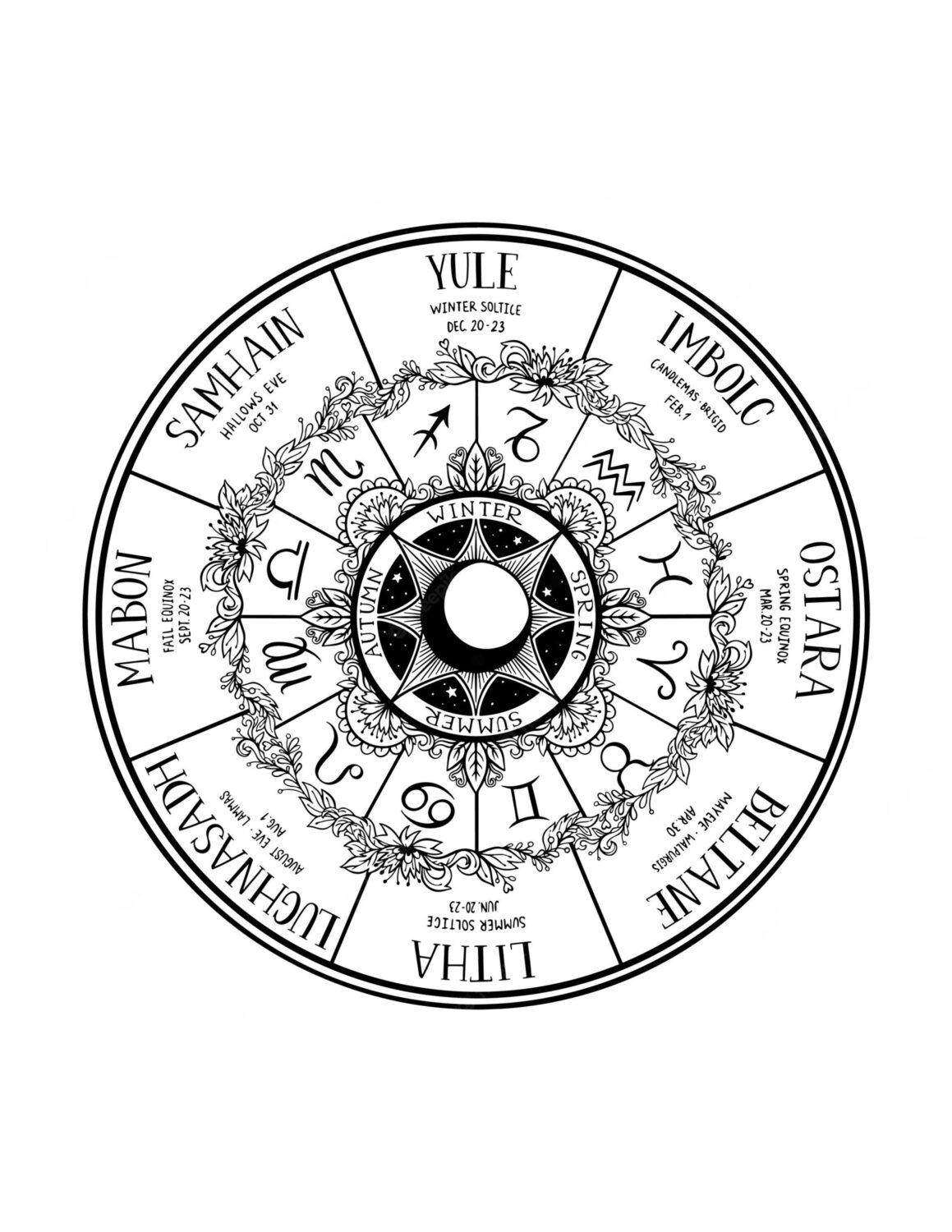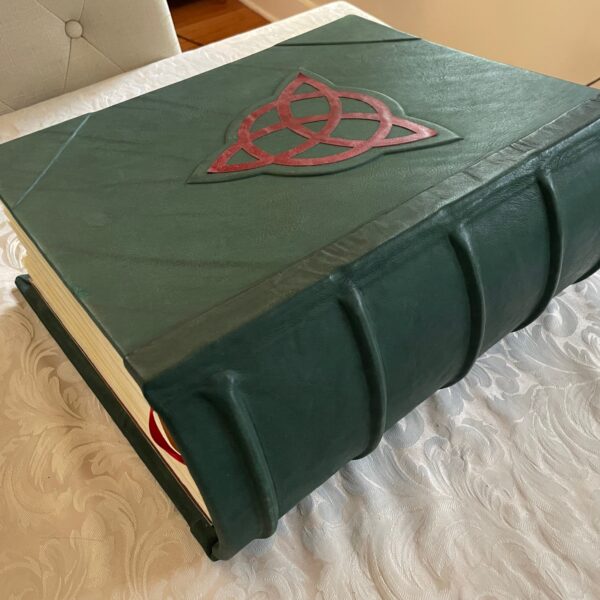Sabbats – the Wheel of the Year
Sabbats comprise the Wheel of the Year that celebrates nature’s rhythms and seasonal shifts. Sabbats.
These festivals mark important points in the changing of the seasons and are often based on the agricultural and astronomical cycles.
There are typically eight sabbats, divided into two main groups: the Greater Sabbats and the Lesser Sabbats.
The Greater Sabbats are four “solar holidays”—the two Solstices and two Equinoxes that mark the Earth’s annual journey around the sun.
The Lesser Sabbats —are four “Earth festivals,” which occur in February, May, August, and October. They mark the “cross-quarter days” between the solar points. For example, Beltane, usually celebrated on May 1, falls roughly halfway between the Spring Equinox and the Summer Solstice. The sabbats are often celebrated through rituals, feasting, and various symbolic activities. Here is an overview of the eight sabbats:
- Imbolc/Candlemas (February 1st or 2nd): This sabbat celebrates the first signs of spring and the return of light after the dark winter months. It is associated with the Celtic goddess Brigid and is a time of purification and renewal.
- Ostara/Spring Equinox (Around March 20th-23rd): Ostara marks the vernal equinox when day and night are of equal length. It symbolizes balance, growth, and fertility. The Germanic goddess Eostre or Ostara is honored during this time.
- Beltane (May 1st): Beltane signifies the beginning of summer and is a time to celebrate fertility, love, and passion. Traditionally, bonfires are lit, and Maypoles are danced around to honor the union of masculine and feminine energies.
- Litha/Midsummer/Summer Solstice (Around June 20th-23rd): Litha celebrates the longest day of the year when the sun is at its peak. It’s a time of abundance, light, and honoring the sun’s power.
- Lughnasadh/Lammas (August 1st): Lughnasadh marks the first harvest and is associated with the Celtic god Lugh. It’s a time of thanksgiving for the bounty of the land and the sacrifices made to ensure survival.
- Mabon/Autumn Equinox (Around September 20th-23rd): Mabon celebrates the second harvest and the balance between light and dark as the days begin to shorten. It’s a time of reflection and gratitude.
- Samhain (October 31st): Samhain is considered the most significant sabbat and marks the end of the harvest season. It’s also believed to be a time when the veil between the physical and spirit worlds is thin, allowing for easier communication with ancestors and departed loved ones.
- Yule/Winter Solstice (Around December 20th-23rd): Yule celebrates the sun’s rebirth as the days start to lengthen again. It’s a time of renewal, hope, and celebrating the return of light during the darkest time of the year.
It’s important to note that different traditions may vary in how they celebrate these sabbats, and the specific dates may vary depending on the tradition and the hemisphere in which they are observed.
Also, because the equinoxes and solstices happen at precise moments in time, they may fall on different dates in different parts of the world, and the date can vary from one year to the next. Therefore, a range of possible dates is given for the solar Sabbats.
We have high-resolution printable Sabbats pages for your Book of Shadows that can be downloaded from the Gallery.

